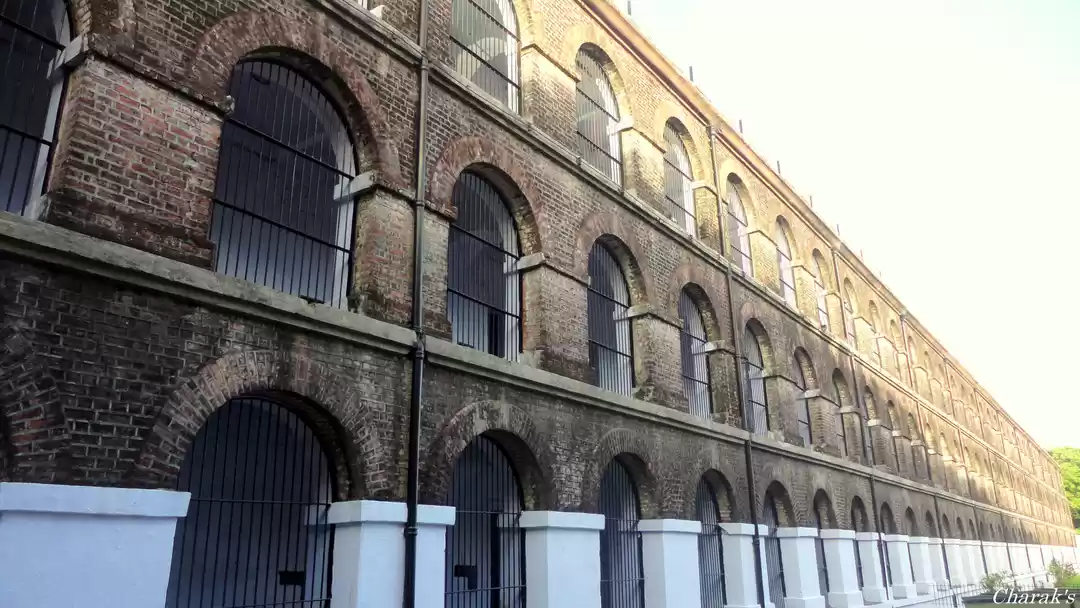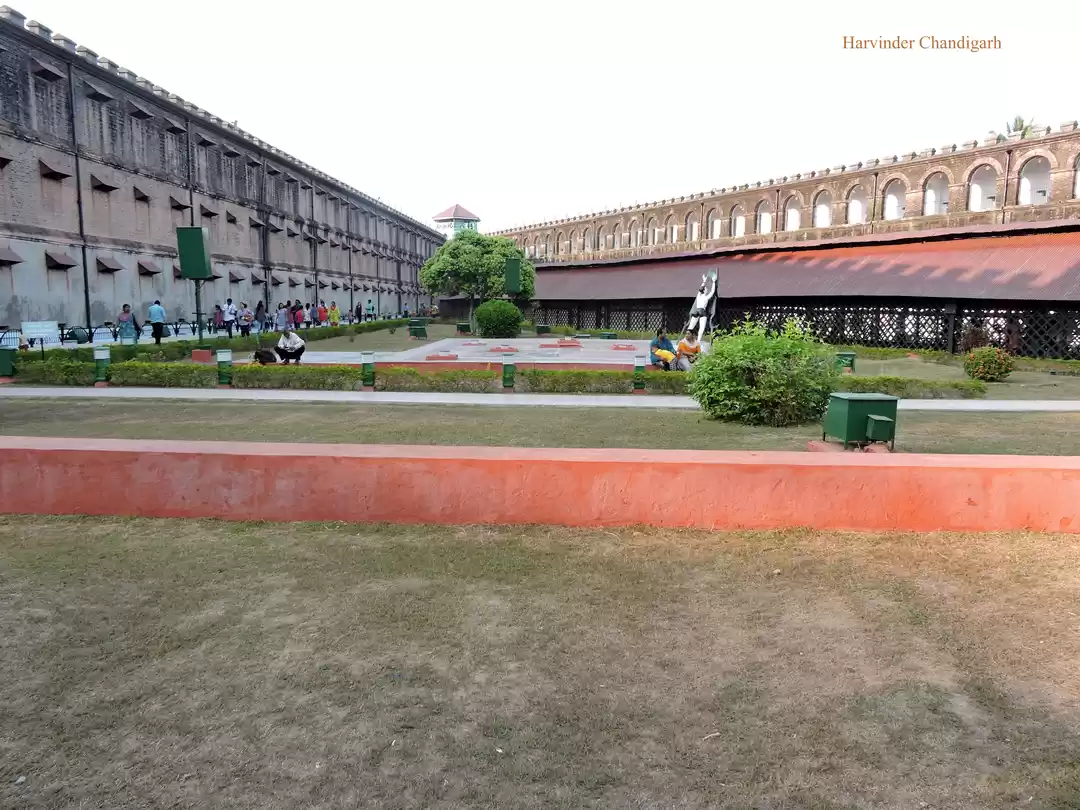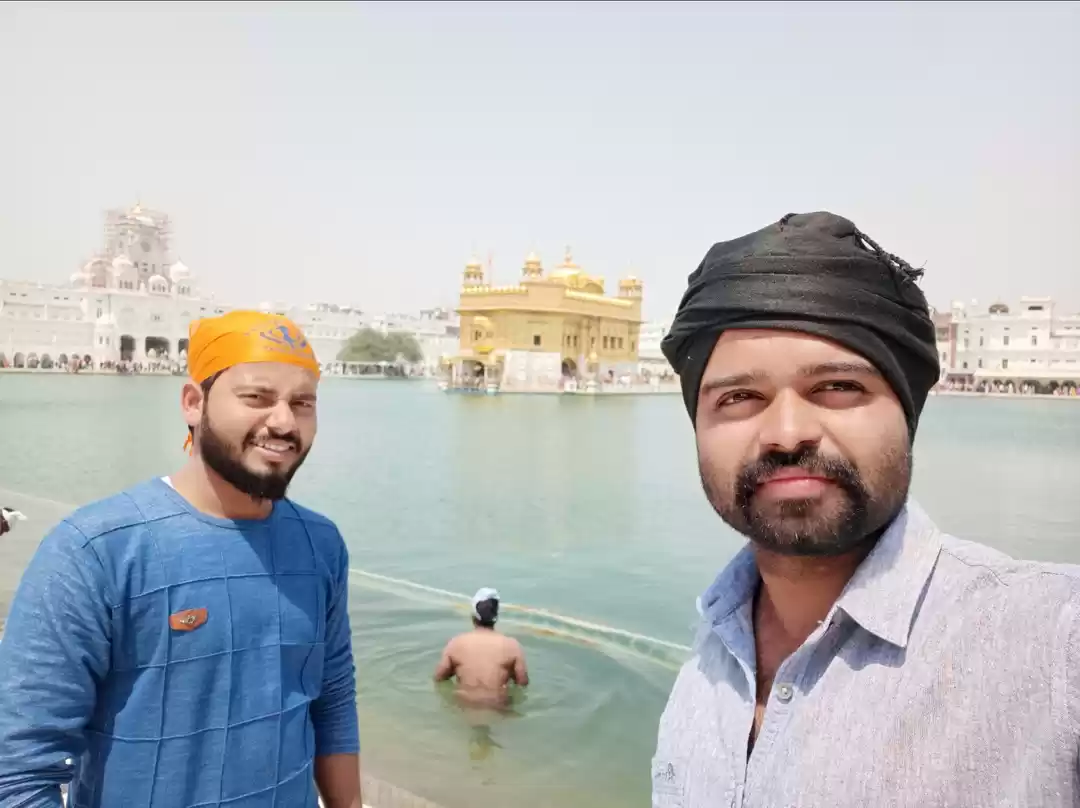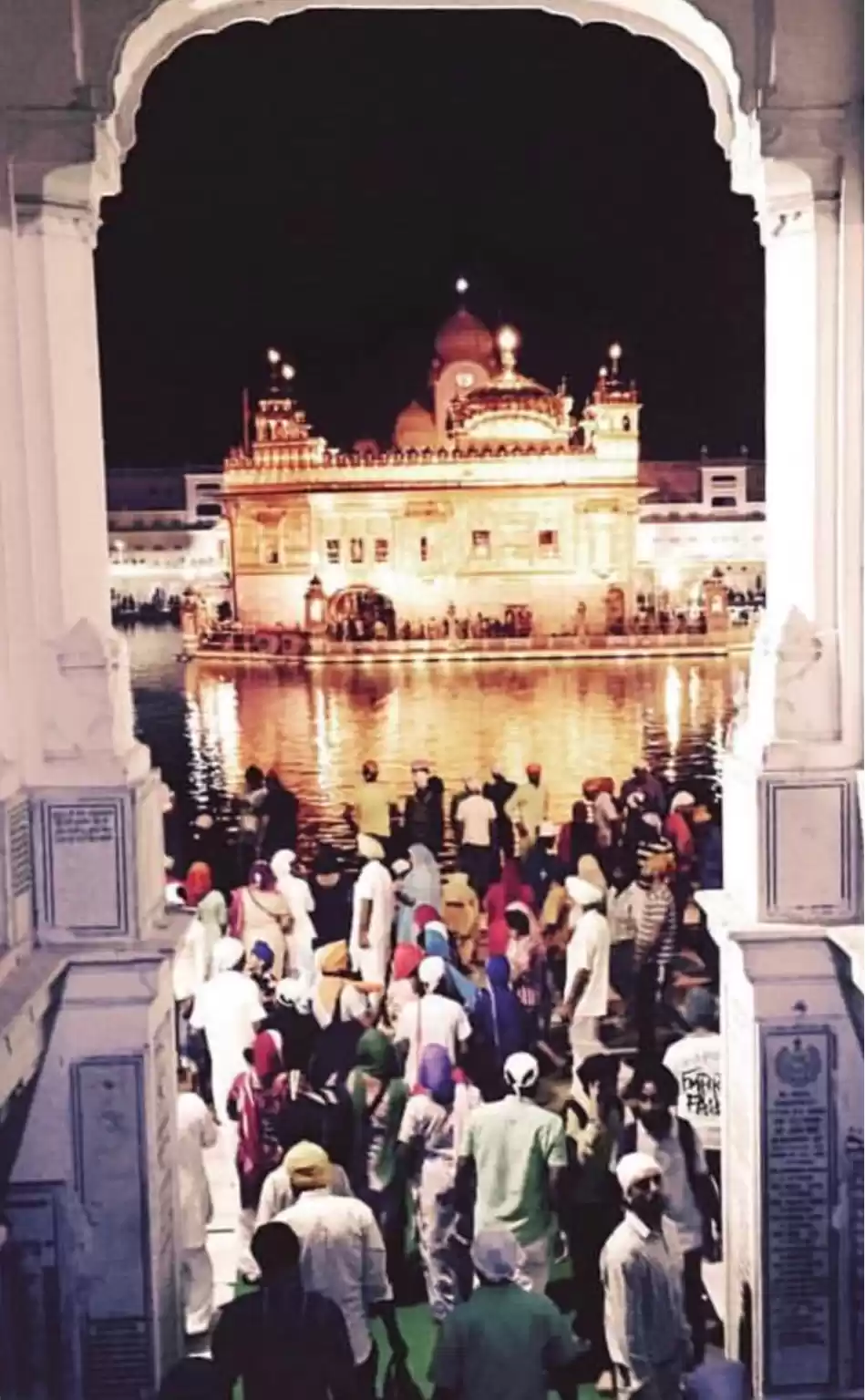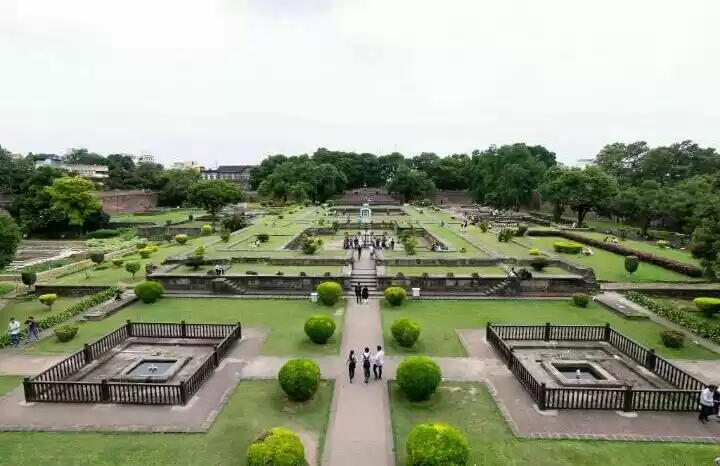
There are some social media trends that take our attention and encourage us to think about the same things year, month, or even day in and day out. The phrase "dark tourism" refers to the persistent tendency that young, urban travelers are following in recent years.

What is Dark Tourism?
An opportunity to learn more about human history and the presence of human souls, this is one of the most unusual travel trends and is not for the faint of heart. While travel offers the chance to experience different cultures, cuisines, and locations, gloomy tourism focuses on destinations with sordid pasts, catastrophes, fatalities, or other hardships.
Visiting previous combat zones, jails, catastrophe sites, monuments, and conflict zones is a part of the "Thanatourism" movement.
Here are 5 Places in India Which Offer Dark Tourism
1. Cellular Jail, Port Blair
Known as Kala Pani, the Cellular Jail is a jail located in the Andaman and Nicobar Islands that was constructed during the British colonial era as a means of punishing Indians for their struggle for independence. Because of the way the jail was set up, prisoners were unable to speak with one another, and Indians were subjected to torture by British officials who also left them in terrible circumstances in each cell.
It has been turned into a museum and national monument today in order to honor our brave freedom warriors who went through so much.
Timings : Monday to Sunday, 9am to 5pm
Tickets : Rs. 50/person


2. Jallianwala Bagh, Amritsar
Tucked away in the center of Amritsar, Jallianwala Bagh is a park that was the scene of a horrifying murder on April 13, 1919. On this day, hundreds of unarmed Indian protestors were killed and several more were injured as the British colonial authorities opened fire on them. All Indians are still deeply aware of the Jallianwala Bagh massacre and the innocent people's sacrifices made in the name of independence.
You may get a moving look at the terrible day in this garden that has been turned into a museum.
Timings : Monday to Sunday, 6.30am–7.30pm
Tickets : No Entry Fee
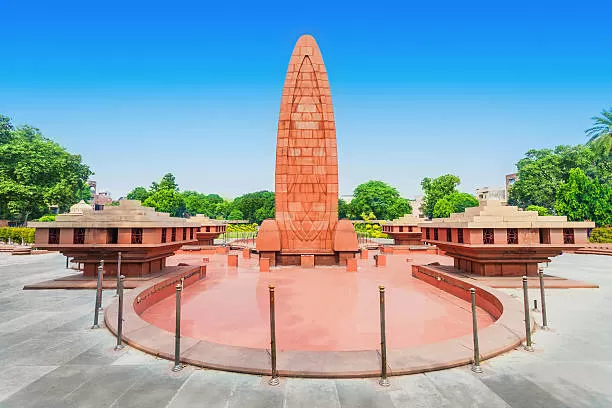
3. Roopkund Lake
Trekkers and thrill-seekers should visit Roopkund Lake, also referred to as the "Skeleton Lake". It is a singular and unsettling dark tourism destination, tucked away in Uttarakhand's Garhwal Himalayas.
When a British forest guard fell into the lake in 1942, he was horrified to see that hundreds of bones were in it. The story surrounding these bones goes back to the ninth century and claims that hundreds of pilgrims or tourists perished in this area due to a devastating hailstorm. You will undoubtedly get goosebumps from this spot.

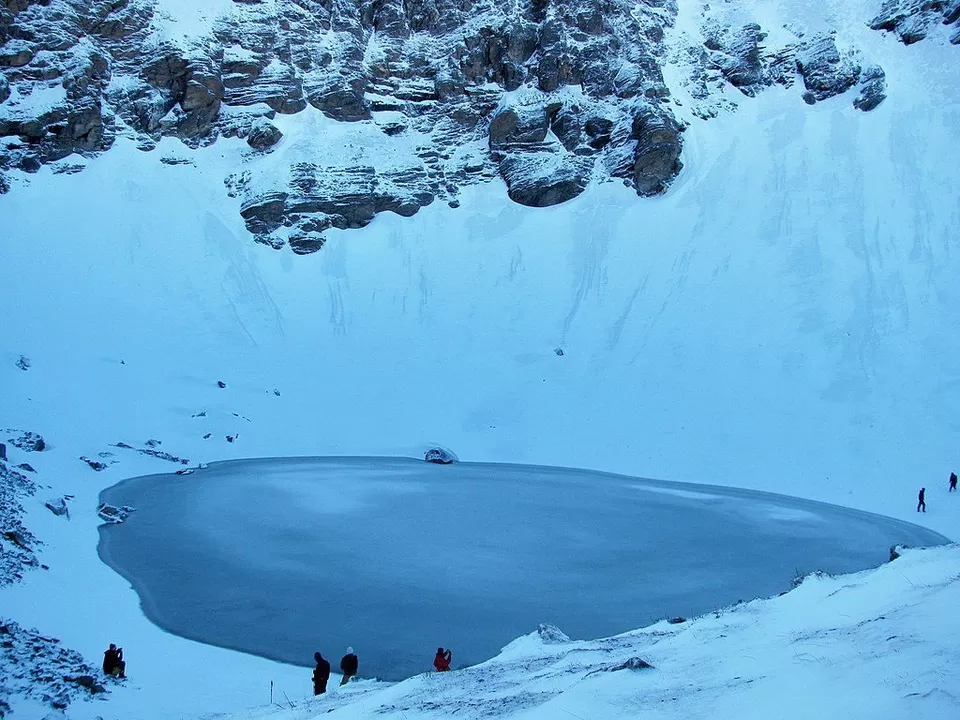
4. Kuldhara
A town in Rajasthan's Thar Desert is deserted after its residents evacuated and left it vacant overnight. Many people are still curious about the mythology that inspired these peasants' actions. If the inhabitants are to be believed, though, then some claim the community was experiencing paranormal activity, while others claim the exorbitant taxes imposed by the locals caused it to be abandoned.
This hamlet is ideal for nighttime tourism because of how deserted and empty it is. Travelers may currently explore abandoned marketplaces, temples, homes, and other structures, but you won't discover a single individual who has been living here for generations.
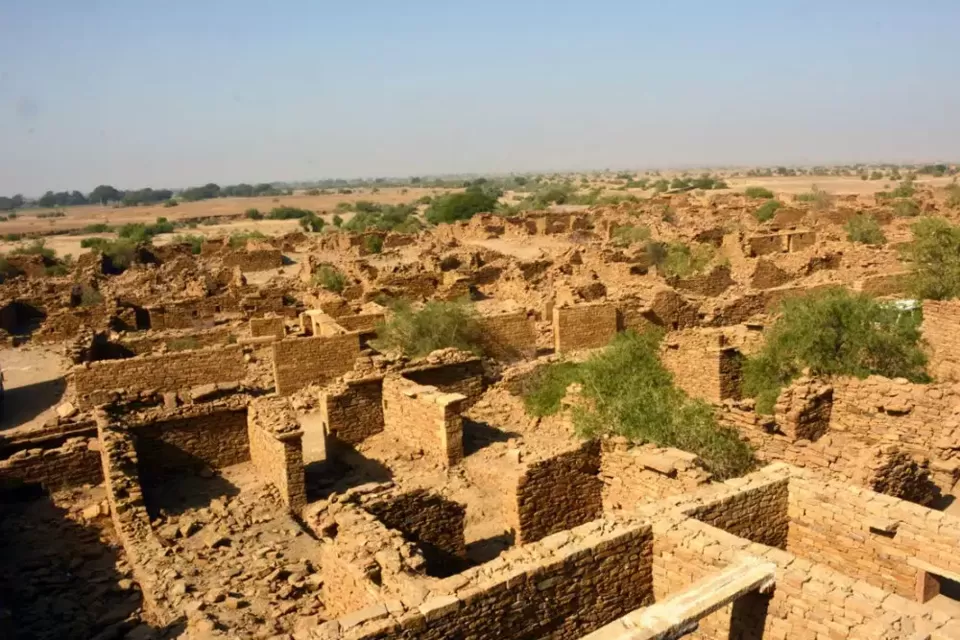
5. Shaniwar Wada
Built-in 1732 by the Maratha Dynasty, this medieval fort in Pune is well-known for the terrifying incidents that have happened within. The eerie past has drawn the interest of adventurers and gloomy travelers.
According to local myths and folklore, a warrior by the name of Narayan was cruelly killed on the fort's grounds, and his soul has never left the region. You may still hear some ghostly activity occurring in the fort after six o'clock on this occasion. Because of its eerie reputation, Shaniwar Wada has grown to be a popular destination for those interested in paranormal activity.
Timings : Monday to Sunday, 9.30am to 5.30pm
Tickets : Rs. 5 per person, Rs. 25 for Light and Sound show
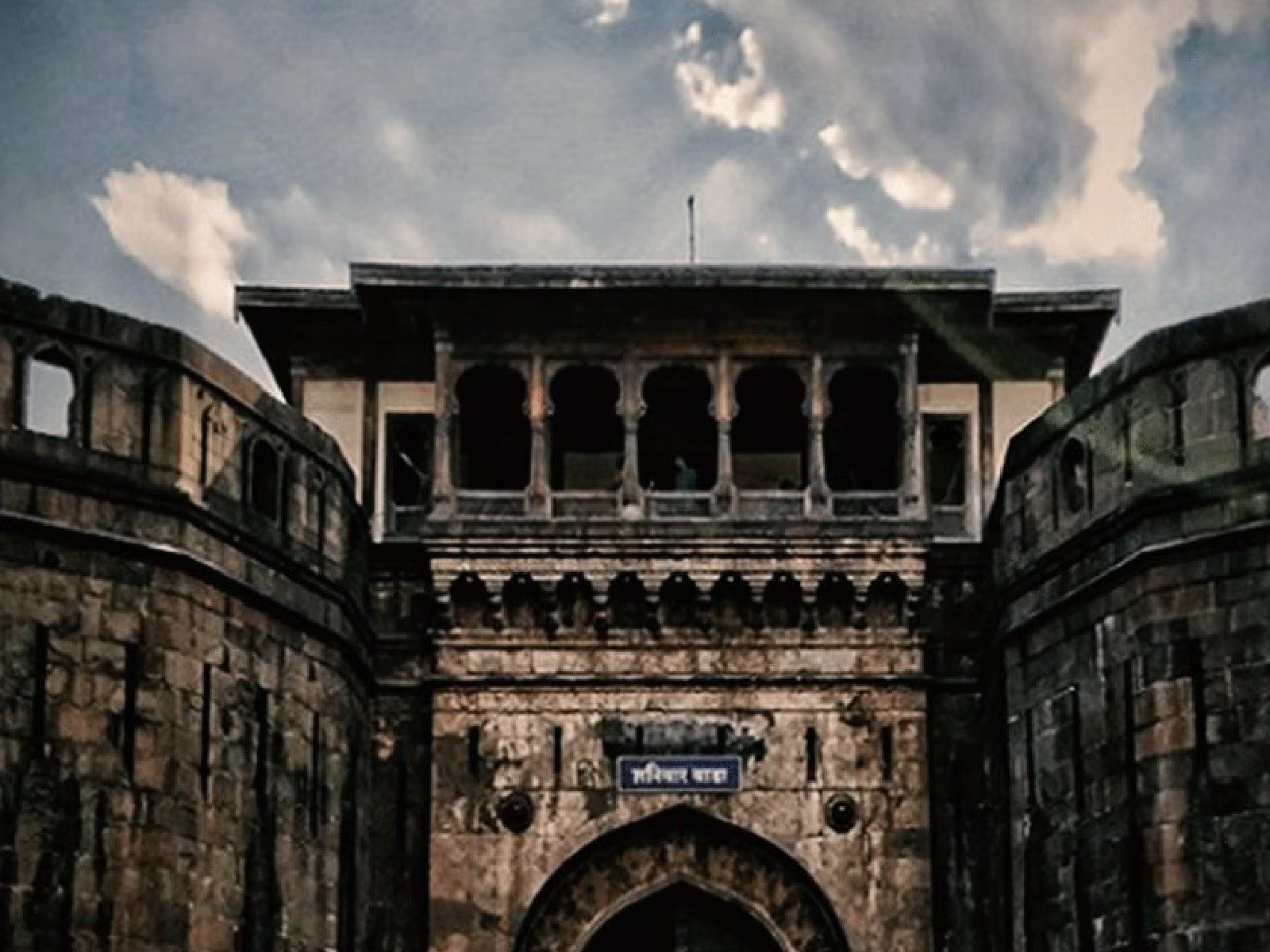

Although the idea of "dark tourism" may seem strange to some, it allows us to revisit historical sites, absorb lessons from the past, and honor those who have suffered difficulties and given their lives in defense of our country.

















